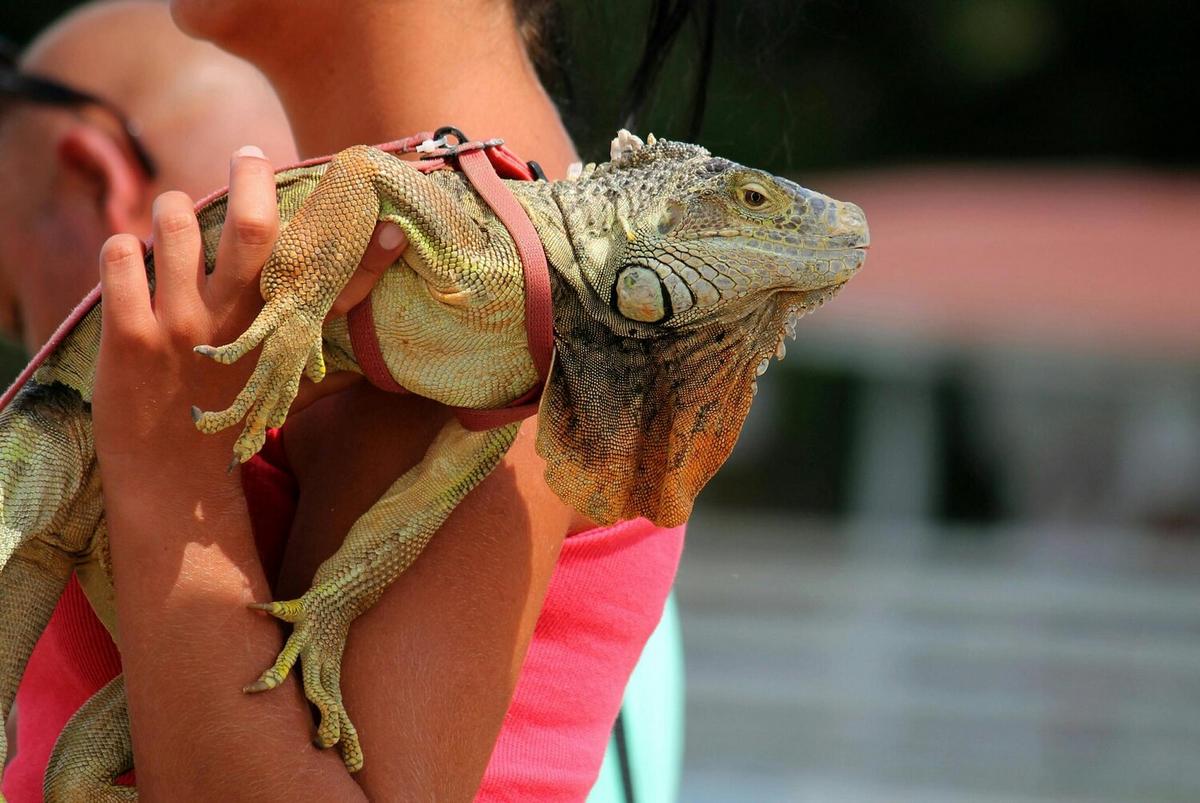
How to Create the Perfect Habitat for Your Iguana
Creating the perfect habitat for your iguana is an essential step in ensuring the health and happiness of your exotic pet. Iguanas are fascinating creatures, known for their vivid colors and distinct personalities. To thrive, they require an environment that mimics their natural habitat as closely as possible. In this guide, we’ll explore the key components of an ideal iguana habitat, from temperature and humidity to diet and space considerations.
Understanding Iguana Needs
Iguanas are native to tropical climates, which means they have specific environmental needs. According to Dr. Paul Johnson, a reptile specialist, “Iguanas require a habitat that closely replicates their natural environment to thrive.” This includes maintaining the right temperature, humidity, and providing ample space for movement and growth.
Temperature and Lighting
Temperature is crucial for iguanas, as they are cold-blooded and rely on external heat sources to regulate their body temperature. The ideal temperature in an iguana’s habitat should range from 75°F to 95°F. It’s important to create a thermal gradient within the enclosure, with a basking area of around 95°F.
- Use a heat lamp to maintain the basking area.
- Ensure there is a cooler area for the iguana to retreat if needed.
- UVB lighting is essential for vitamin D3 synthesis and calcium absorption.
Humidity and Substrate
Humidity plays a vital role in an iguana’s health, preventing skin shedding issues and respiratory problems. Aim for a humidity level of 60% to 70%.
- Mist the enclosure regularly or use a humidifier.
- Choose a substrate that retains moisture, such as coconut fiber or peat moss.
Space and Enclosure Size
Iguanas can grow up to six feet in length, so providing enough space is crucial. A cramped environment can lead to stress and health issues.
| Age | Enclosure Size |
|---|---|
| Juvenile | 4x2x4 feet |
| Sub-Adult | 6x3x5 feet |
| Adult | 8x4x6 feet |
Diet and Nutrition
Iguanas are herbivores and require a diet rich in leafy greens, vegetables, and fruits. According to a study, a balanced diet is key to preventing metabolic bone disease.
- Include a variety of greens: collard greens, mustard greens, dandelion greens.
- Offer fruits like mango and papaya in moderation.
- Avoid animal protein and processed foods.
Pro Tip: Regularly rotate the types of greens and vegetables you offer to ensure a balanced nutritional intake.
Frequently Asked Questions
How often should I clean my iguana’s enclosure?
It’s advisable to spot clean daily and perform a thorough cleaning weekly to maintain hygiene and prevent bacterial growth.
Can iguanas live with other reptiles?
Generally, iguanas should be housed alone to prevent stress and aggression issues.
Conclusion
Creating the perfect habitat for your iguana involves careful planning and ongoing care. By understanding their needs and providing a suitable environment, you can ensure your iguana leads a healthy and happy life. For more detailed guides on exotic pet care, consider exploring Reptiles Magazine or similar resources. Remember, the key to a thriving iguana is a commitment to understanding and catering to their unique needs.


